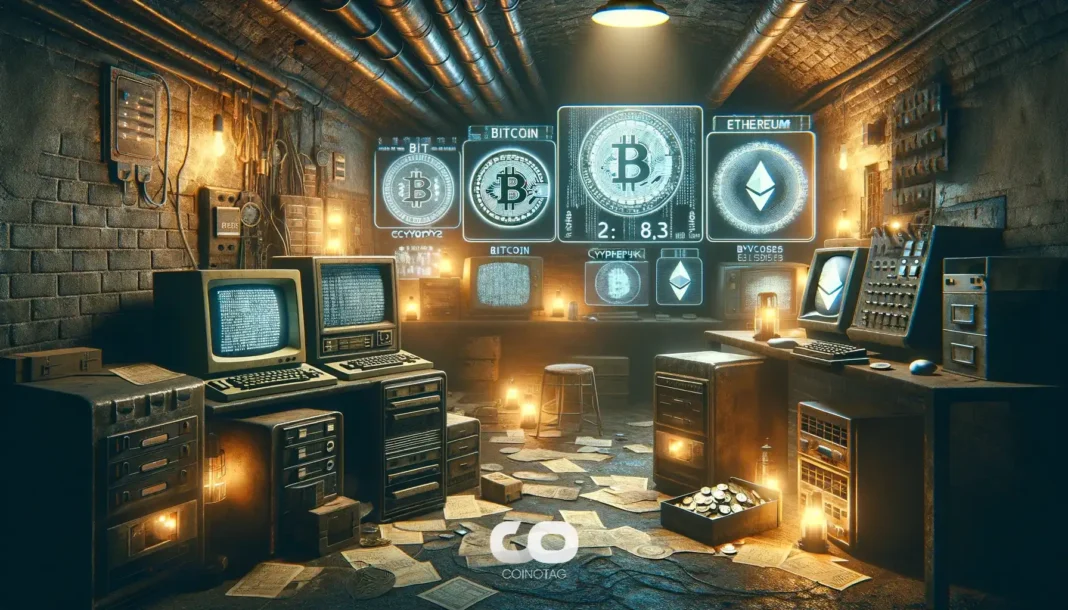-
The recent $40 million exploit on the GMX V1 decentralized exchange highlights ongoing vulnerabilities in DeFi protocols, emphasizing the critical need for enhanced security measures.
-
This incident, involving manipulation of the GLP token price, underscores the persistent risks associated with liquidity pools and tokenomics design flaws in decentralized finance.
-
According to COINOTAG, blockchain security firm SlowMist identified the exploit as a consequence of a design flaw affecting the calculation of total assets under management, a crucial metric for GLP token valuation.
GMX V1’s $40M exploit reveals critical DeFi security gaps, prompting protocol suspension and highlighting risks in liquidity pool tokenomics and decentralized exchange safety.
GMX V1 Exploit Exposes Design Flaws in DeFi Liquidity Pools
The GMX V1 decentralized exchange, operating on the Arbitrum network, suffered a significant security breach when hackers exploited a vulnerability in its GLP liquidity pool, resulting in a $40 million theft. This pool, which underpins the liquidity provider mechanism for GMX, contains a diversified basket of digital assets such as Bitcoin (BTC), Ether (ETH), and stablecoins. The attack was traced to a flaw in the calculation method of total assets under management, which allowed the manipulation of the GLP token price. This incident underscores the importance of rigorous smart contract audits and robust tokenomics design to prevent similar exploits in decentralized finance platforms.
Immediate Protocol Response and User Safeguards
In response to the exploit, the GMX team promptly halted trading on GMX V1 and suspended minting and redemption of GLP tokens on both Arbitrum and Avalanche networks. Users were advised to disable leverage and cease GLP minting activities to mitigate further risks. The protocol clarified that GMX V2 and its associated markets remain unaffected, isolating the vulnerability to the first version of the platform. This swift containment effort reflects a growing trend among DeFi projects to prioritize user protection and maintain trust amidst increasing cybersecurity threats.
Broader Implications for Crypto Security in 2025
The GMX V1 exploit is part of a broader pattern of cyberattacks targeting crypto platforms in 2025, with losses from hacks reaching $2.5 billion in the first half of the year alone. High-profile incidents, such as the Bybit hack and the cyberattack on Iranian exchange Nobitex, demonstrate the persistent threat landscape facing both centralized and decentralized exchanges. These events highlight the necessity for continuous advancements in blockchain security protocols, regulatory oversight, and user education to safeguard digital assets effectively.
Regulatory and Industry Responses to Escalating Threats
Authorities and industry stakeholders are increasingly focused on combating sophisticated cyber threats. The U.S. Treasury’s Office of Foreign Assets Control (OFAC) recently sanctioned North Korean hacker group Song Kum Hyok for infiltrating crypto companies and defense contractors. Such measures aim to disrupt state-affiliated cybercrime operations that exploit vulnerabilities in the crypto ecosystem. Meanwhile, security firms like SlowMist continue to provide critical analysis and vulnerability assessments, helping projects identify and patch weaknesses before they can be exploited.
Conclusion
The GMX V1 exploit serves as a stark reminder of the evolving cybersecurity challenges within decentralized finance. While the swift response by the GMX team mitigated further damage, the incident highlights the imperative for ongoing innovation in security frameworks and tokenomics design. Stakeholders across the crypto industry must prioritize comprehensive risk management strategies to protect user funds and sustain confidence in digital asset markets. As cyber threats grow in complexity, collaboration between developers, security experts, and regulators will be essential to fortify the ecosystem against future attacks.







